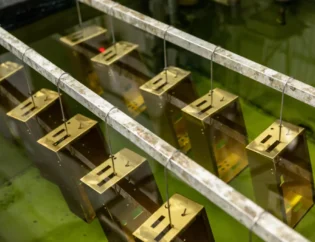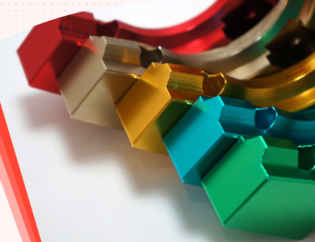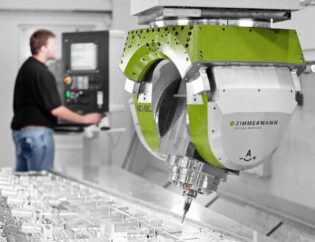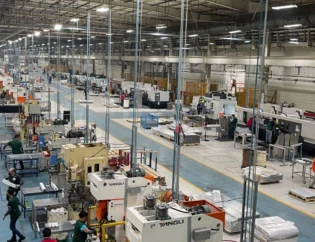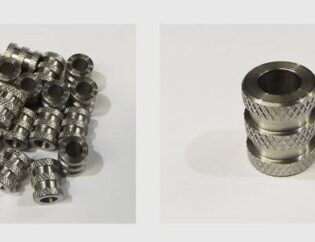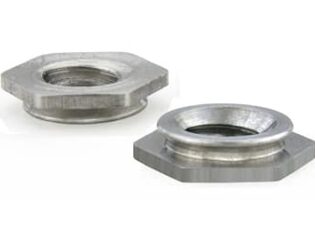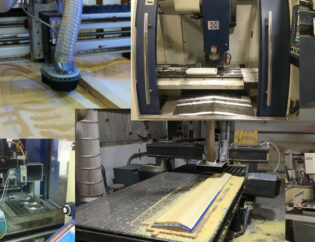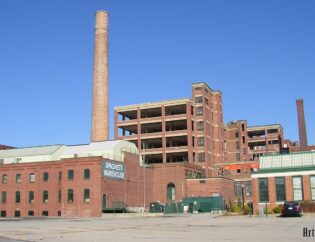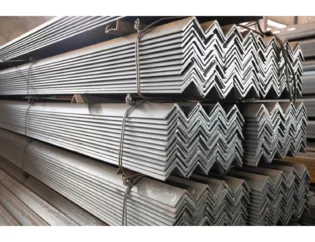In the world of modern manufacturing, three-axis CNC (Computer Numerical Control) machines play a pivotal role in precision machining. These versatile tools enable the creation of intricate parts and components with remarkable accuracy, making them essential for industries ranging from aerospace to automotive. Understanding their operation and capabilities is crucial for anyone looking to enhance their machining skills or streamline production processes.
This guide will delve into the fundamental principles of three-axis CNC technology, exploring its components, programming techniques, and operational best practices. Readers will gain insights into how these machines function, the software used for programming, and the various materials they can work with. By the end, you will be equipped with the knowledge to effectively utilize three-axis CNC machines in your projects.
Additionally, we will cover common challenges faced by operators and provide practical solutions to overcome them. Whether you are a beginner or an experienced machinist, this guide aims to enhance your understanding and proficiency in three-axis CNC machining. Prepare to unlock the full potential of this technology and elevate your manufacturing capabilities.
3-Axis CNC Machining: Definition, Process, and Applications
Using traditional methods, manufacturing complex parts with precision can be challenging and time-consuming. Many engineers and designers struggle with achieving tight tolerances and consistent quality across multiple parts. 3-axis CNC machining solves these challenges by providing automated, computer-controlled cutting with exceptional accuracy. With its ability to handle various materials, 3-axis CNC machining opens up numerous possibilities for product development. Let’s explore how this technology works and its applications in multiple industries.
Understanding 3-Axis CNC Machining
3-axis CNC machining is a manufacturing process that allows for the precise movement of cutting tools along three linear axes: X, Y, and Z. This technology is fundamental in modern manufacturing, enabling the creation of intricate components with high accuracy. The X-axis typically moves left to right, the Y-axis moves forward and backward, and the Z-axis controls vertical movement. This coordinated motion allows for efficient material removal and the production of complex shapes.
Technical Features of 3-Axis CNC Machining
The following table summarizes the key technical features of 3-axis CNC machining:
| Feature | Description |
|---|---|
| Axes of Movement | X, Y, and Z axes for linear movement |
| Precision | Achieves tolerances often within ±0.001 inches |
| Material Compatibility | Works with metals, plastics, and wood |
| Automation | Computer-controlled for high efficiency and reduced human error |
| Setup Time | Generally lower than multi-axis machines |
| Cost | More affordable than 4-axis and 5-axis machines |
Types of 3-Axis CNC Machines
3-axis CNC machines come in various types, each designed for specific applications. The following table outlines the different types of 3-axis CNC machines and their features:
| Type | Key Features |
|---|---|
| CNC Milling Machines | Ideal for creating flat surfaces, slots, and intricate contours |
| CNC Machining Centers | Combine milling with drilling and tapping for high productivity |
| CNC Lathes | Introduce an additional Y-axis for complex turning operations |
| CNC Routers | Used in woodworking for cutting, engraving, and shaping |
| CNC Engraving Machines | Produce detailed engravings on various surfaces |
| CNC Plasma Cutters | Cut through conductive materials with high precision |
Applications of 3-Axis CNC Machining
3-axis CNC machining is widely used across various industries due to its versatility and precision. Here are some notable applications:
- Prototyping: Rapid prototyping allows for quick iterations and testing of designs, facilitating faster product development cycles.
- Aerospace and Automotive Manufacturing: High-precision parts such as engine components, turbine blades, and structural supports are manufactured to meet stringent industry standards.
- Medical Devices: The medical industry uses CNC machining to create surgical instruments, orthopedic implants, and dental prosthetics that require high accuracy and customization.
- Electronics: Components like circuit boards, enclosures, and heat sinks are produced with precision to meet the demands of the electronics industry.
- Jewelry: 3-axis CNC machining is used in the jewelry industry to create intricate designs and patterns on metal.
Advantages of 3-Axis CNC Machining
3-axis CNC machining offers several advantages that make it a preferred choice for many manufacturers:
– High Precision and Accuracy: The automated nature of CNC machining ensures exceptional precision, achieving tight tolerances.
– Cost-Effectiveness: Compared to more complex multi-axis machines, 3-axis CNC machines are generally more affordable and simpler to operate.
– Faster Production Times: The straightforward operation of 3-axis CNC machines leads to reduced setup times and quicker machining processes.
– Flexibility in Materials and Design: 3-axis CNC machining is compatible with various materials, including metals, plastics, and composites.
Limitations of 3-Axis CNC Machining
While 3-axis CNC machining has many benefits, it also has limitations:
– Complex Geometries: 3-axis machines can struggle with intricate designs that require multi-angle machining.
– Multiple Setups: Machining complex parts often requires multiple setups, increasing production time and costs.
– Tool Wear: Continuous operation can lead to tool wear, affecting precision and quality.
Conclusion
3-axis CNC machining is a reliable and cost-effective solution for producing precise components across various industries. While it excels in simplicity and efficiency for straightforward tasks, it does have limitations regarding complex geometries. Understanding these factors will help you decide whether 3-axis machining is the right fit for your manufacturing needs. Companies like ProleanTech, capablemachining.com, www.3erp.com, shengenfab.com, and www.team-mfg.com offer a range of CNC machining services to meet diverse production requirements.
FAQs
Related Video
What materials can be machined using 3-axis CNC machining?
3-axis CNC machining can handle a wide range of materials, including metals like steel, aluminum, brass, and plastics such as ABS and polycarbonate.
How does 3-axis CNC machining differ from 4-axis and 5-axis machining?
The main difference lies in the number of axes. 3-axis machining operates in the X, Y, and Z planes, while 4-axis adds rotation around one axis, and 5-axis includes two additional rotational axes for more complex cuts.
What are some common products made using 3-axis CNC machining?
Common products include engine parts, mold bases, enclosures, and various fixtures and fittings.
Are there limitations to the complexity of a part that can be produced by 3-axis CNC machining?
Yes, 3-axis CNC machining has limitations in producing parts with complex geometries that require machining from multiple angles.
Can 3-axis CNC machining be used for both prototype and production runs?
Yes, 3-axis CNC machining is versatile and can be used for both single prototype runs and high-volume production runs.

